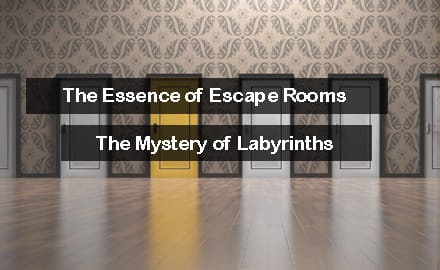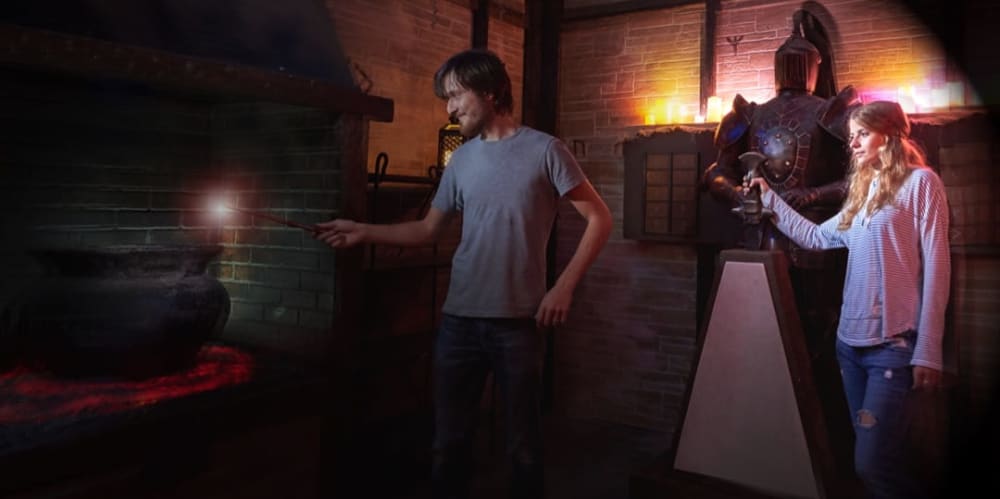Labyrinth And Escape Room

When it comes to immersive and challenging experiences, both escape rooms and labyrinths have garnered considerable attention. While both offer unique and intriguing adventures, there are distinct differences between the two. In this blog post, we will explore the question: Does a labyrinth qualify as an escape room? We will examine the characteristics, objectives, and overall experiences of both to shed light on their similarities and differences.
1. The Essence of Escape Rooms:
Escape rooms are interactive experiences where participants are locked in a themed room and must solve a series of puzzles and riddles to find clues, unlock doors, and ultimately escape within a set time limit. They typically involve a narrative-driven storyline, multiple interconnected puzzles, and a sense of urgency to complete the mission successfully.
2. The Mystery of Labyrinths:
Labyrinths, on the other hand, are intricate and maze-like structures that have existed for thousands of years. They are designed to be walked through, often with winding paths and intricate patterns. Labyrinths are symbolic and meditative in nature, with a focus on self-reflection, mindfulness, and spiritual exploration. They can be found in various forms, including outdoor mazes or intricate designs on the ground.
3. Objectives and Challenges:
In escape rooms, the primary objective is to escape by solving puzzles and completing a specific mission. The puzzles are designed to challenge participants' logic, observation, and problem-solving skills. Each puzzle unlocks a new clue or pathway, leading closer to the ultimate goal of escaping the room.
In labyrinths, the objective is less about solving puzzles and more about the journey itself. Participants walk the labyrinth, following the designated paths, and the focus is on the process of walking, self-reflection, and finding inner peace. While labyrinths may offer a sense of exploration and navigation, they do not typically involve complex puzzles or time constraints.
4. Social Interaction and Teamwork:
Escape rooms often emphasize teamwork and collaboration, with participants working together to solve puzzles and escape. They encourage communication, division of tasks, and the pooling of individual skills and strengths to achieve a common goal.
Labyrinths, on the other hand, are often solitary experiences, providing an opportunity for self-reflection and personal contemplation. While individuals may share the labyrinth space with others, the focus is on the individual's journey rather than collaborative problem-solving.
While both escape rooms and labyrinths offer immersive and engaging experiences, they differ in their objectives, challenges, and overall experiences. Escape rooms are designed to challenge participants' problem-solving skills and provide a narrative-driven adventure, with the goal of escaping within a set time limit. Labyrinths, on the other hand, are meditative and symbolic, offering a journey of self-reflection and mindfulness.
So, does a labyrinth count as an escape room? The answer is no. While they both offer unique and captivating experiences, they cater to different objectives and provide distinct types of engagements. Whether you're seeking the thrill of solving puzzles and unraveling mysteries or the tranquility of a contemplative journey, both escape rooms and labyrinths have their own merits and can provide enriching and enjoyable experiences for participants.





